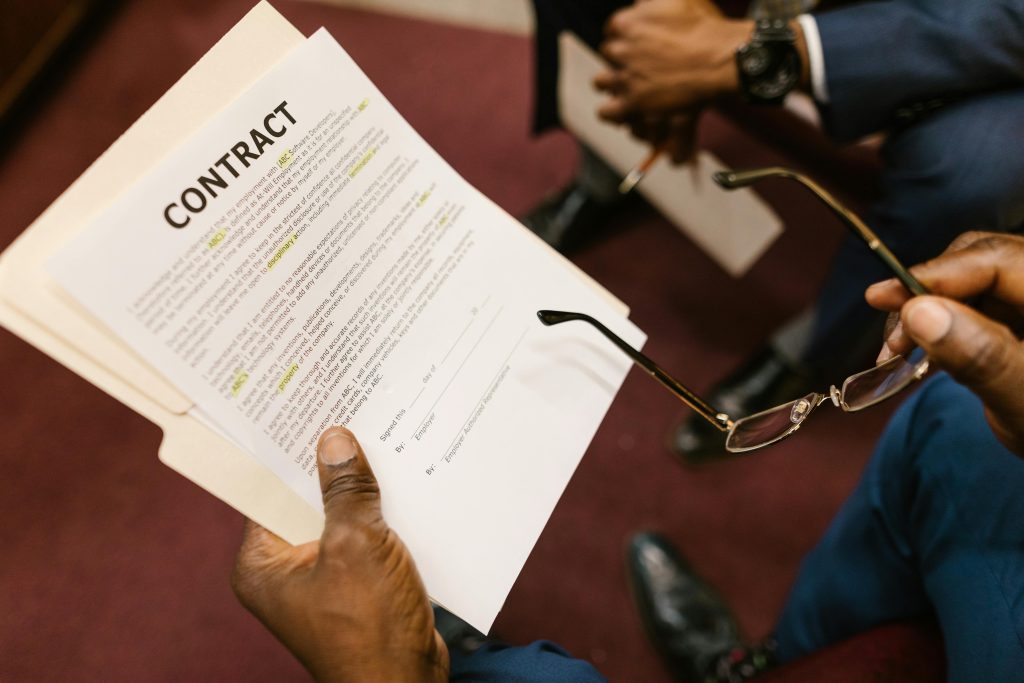If you’ve been researching credit repair, you’ve probably heard the term “609 letter” tossed around like a secret weapon. And while it is a powerful tool, most people — including some credit repair companies — misunderstand what it actually does.
So let’s clear it up. No gimmicks. Just the real strategy behind this often-misused law.
What Exactly Is a 609 Letter?
A 609 letter refers to Section 609 of the Fair Credit Reporting Act (FCRA) — a federal law that gives you the right to request and review all the information in your credit file, including the sources of that information.
It does not give you a magical right to demand deletions just because you send a letter — but it does give you a powerful legal tool to force credit bureaus to prove the legitimacy of any account they report.
Think of it like this:
Section 609 = “Prove it exists — or remove it.”
Why It Matters for Credit Repair
If an account on your credit report cannot be verified — with the original signed contract, proper documentation, and accurate reporting — then under the law, it must be corrected or deleted.
Here’s where most people get it wrong:
❌ A 609 letter doesn’t “delete” accounts just because you ask.
✅ A 609 letter forces credit bureaus to prove the source and validity of what they’re reporting.
And most of the time?
They don’t have that original documentation on file. Because they’re relying on third-party data that’s often incomplete, outdated, or unverifiable.
This gives you leverage.
And in credit repair, leverage is everything.
️ What to Include in a 609 Letter
Here’s what a well-constructed 609 letter should contain:
-
✅ A clear request under Section 609 of the FCRA for full verification of specific account(s)
-
✅ Your full legal name, address, date of birth, and Social Security number (last 4 digits)
-
✅ A copy of your government-issued ID and a utility bill or similar proof of address
-
✅ A request for the original signed contract or application that proves you owe the debt
-
✅ A statement that if the item cannot be verified, it must be removed under the law
This isn’t about “template magic.”
It’s about applying legal pressure with precision.
⚖️ What If They Can’t Produce the Documents?
If the bureau or creditor can’t produce the original signed documentation? They’re in violation of the FCRA — and the account must be deleted or corrected.
And if they continue to report unverifiable information after you’ve made a legal request?
That’s potential grounds for an FTC complaint, CFPB complaint, or even legal action under 15 U.S. Code § 1681n and § 1681o.
In other words: you have rights — and you have recourse.
Where Does This Fit In Your Credit Repair Strategy?
The 609 letter is Step 1 in many smart credit repair frameworks.
It’s best used early, especially for:
-
Charge-offs
-
Collections
-
Old accounts with unclear origins
-
Duplicate or inconsistent entries
-
Accounts missing key details
It puts the burden back where it belongs — on the bureaus and furnishers who chose to report the data. Not on you to prove you don’t owe something.
✊ Empowerment Over Templates
Here’s what we want you to know:
You are not powerless in this system.
The credit bureaus work for the lenders — not for you.
But the law? The law is on your side — if you know how to use it.
We don’t believe in selling fear.
We believe in teaching people how to build wealth and legacy — through truth, strategy, and legal empowerment.
Need Help With Your 609 Letter?
You can find a full breakdown, templates, and walk-throughs in our Help Center at thesfieldsgroup.com
️ If you’d rather not go it alone, we offer a done-for-you Credit Repair Package that includes:
-
Custom 609 & 611 letters
-
Full bureau report analysis
-
Dispute tracking and strategy stacking
-
And ongoing support to rebuild credit with purpose
Or just schedule a call — we’ll map out your game plan together.
This is about more than your score.
It’s about reclaiming your options, your power, and your future.
#CreditRepairWithPurpose #609LetterExplained #FCRAProtection #CreditDisputeHelp #EmpoweredCredit #TheSfieldsGroup
